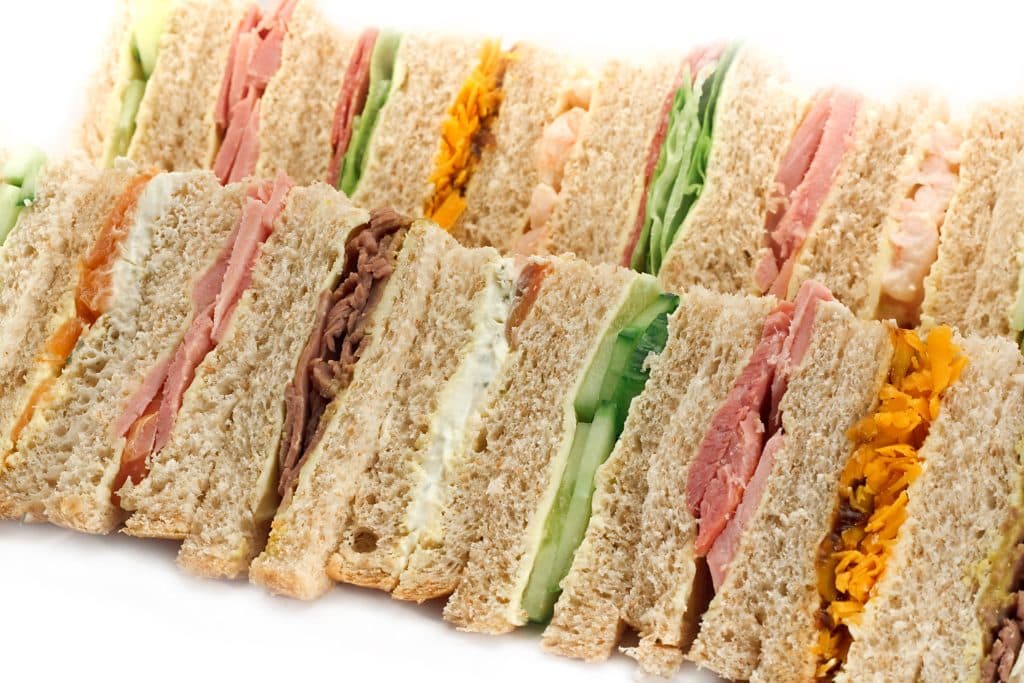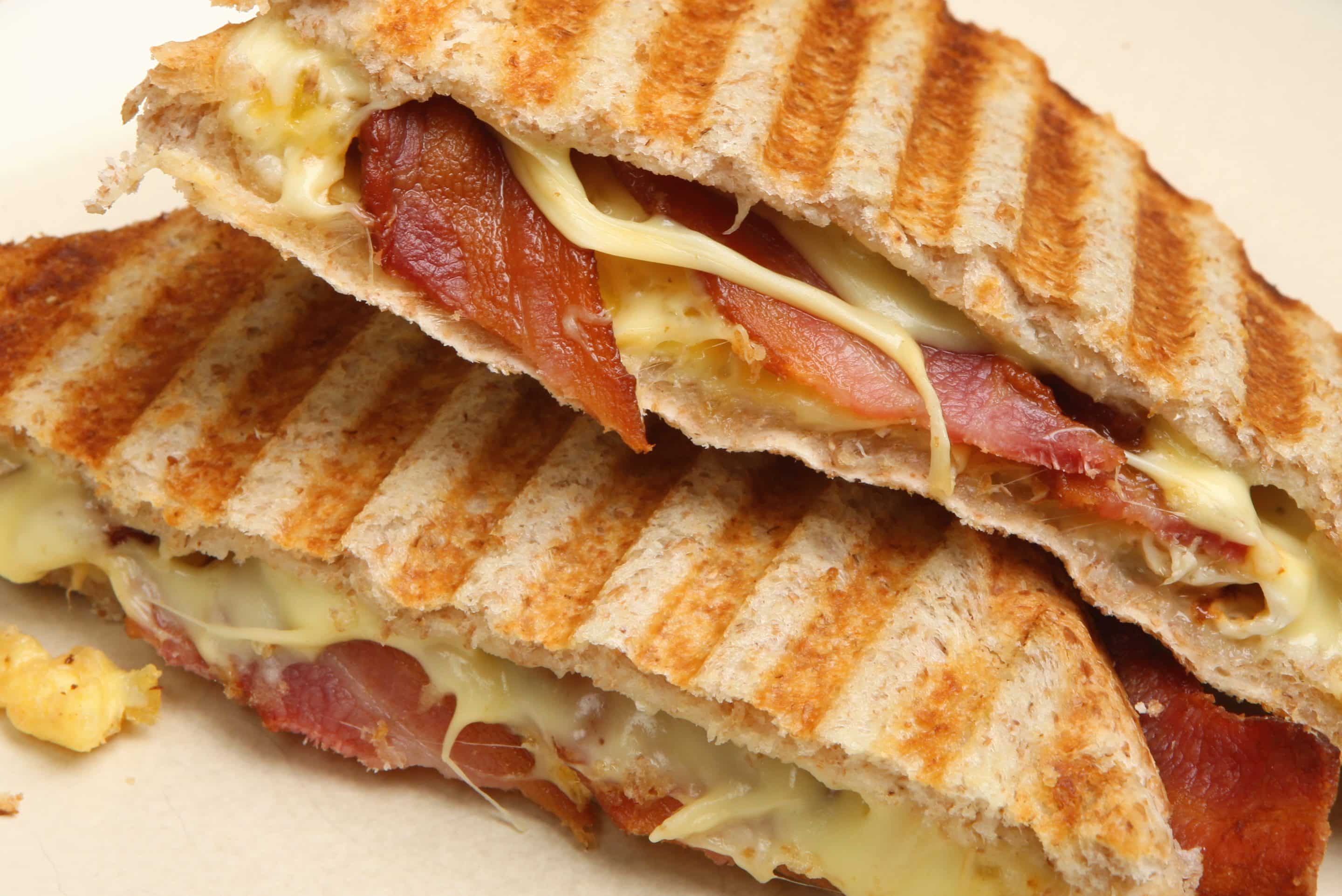Have you ever wondered why sandwiches taste better when they’re toasted or cut into triangles rather than rectangles? If so, read on to discover more about the science behind the sandwich…
The Maillard Reaction
The Maillard reaction, pronounced my-ard, is a chemical reaction that takes place between amino acids (which make up protein) and reducing sugars (such as glucose and fructose) when foods are cooked at high temperatures – from around 140-165°C. This chemical interaction produces melanoidins, which essentially give browned food, including bread, its distinctive aroma, golden colour, and toasty flavour profile. The reaction works best in low or zero moisture conditions, so by searing, roasting, or toasting for example, rather than boiling, poaching, or steaming. Often referred to as a nonenzymatic browning reaction (it takes place in the absence of an enzyme), it was named after French physician and chemist Louis Camille Maillard, who first published a paper describing the process in 1912.
Different foods react in different ways during the Maillard Reaction, resulting in varying complex flavours that would be impossible to achieve without this prolonged exposure to high heat. Anything that you cook until it gets darker, with the aim of achieving optimum flavour, is reliant on the process – think meats, crispy roast potatoes, the perfect slice of toast, fried onions, the sugar top of crème brûlée, cheese on toast, popcorn, chocolate, coffee, and even beer.
On a practical level, the Maillard reaction makes food more appetising, and this includes the smell as well as the taste. There’s an enormous difference between a cold bacon butty and that same bacon butty, hot and freshly made, with the irresistible aroma of sizzling bacon lingering in the air to reel you in.
Triangles vs Rectangles

There has long been debate over whether sandwiches should be cut into triangles or rectangles. Although certain sandwiches may benefit from a more robust rectangular structural integrity – think heavily loaded butties (like bacon, sausage, and egg) or those with a moister filling (like egg mayonnaise) – it seems like Caroline Delbert, contributing editor at Popular Mechanics, has answered the question once and for all by using mathematical calculations to definitively prove that triangles are the way forward.
Using a ‘sure-fire calculation of great, okay, and bad bites’, Caroline states that it all comes down to basic geometry and the fact that triangles give you more good bites per sandwich (a good bite is one that gives more filling). Breaking it down further, she found that a triangular cut sarnie with two 45° corners generally delivers one great middle bite, two okay bites with one side of crust, and one bad corner bite with a double crust. A rectangular butty, on the other hand, provides one great middle bite, three okay side bites, and two double-crust corner bites.
Which sandwich shape do you swear by? Are you firmly in the quadrilateral camp or does the three-sided polygon float your butty boat? Our final thought: it’s nigh on impossible to take a satisfying bite out of rectangular bacon sandwich without getting sauce all over your face! Which brings us to another question – ketchup or HP on a bacon sarnie? Now, that’s a debate for another day…

